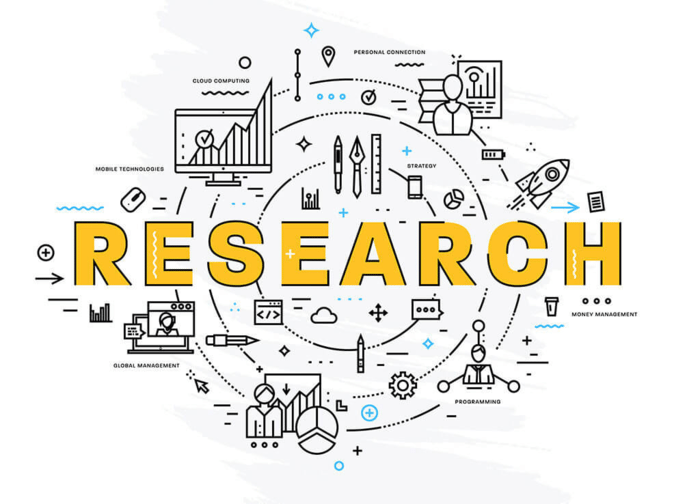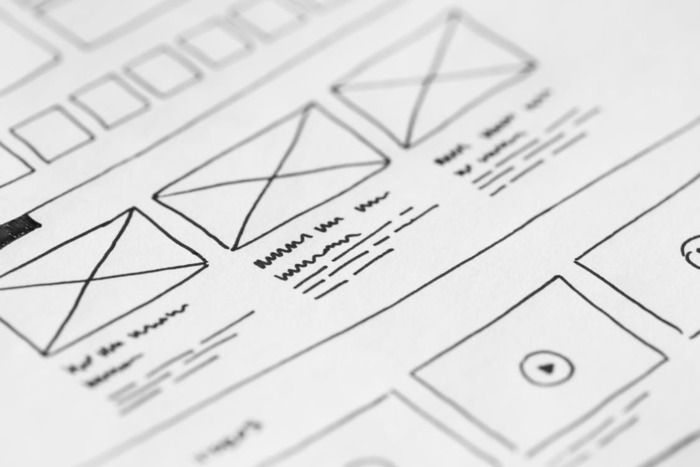Agile UX: a survival guide for beginners
A brief history of Agile #
The term Agile was first coined in the year 2001 by a group of seventeen people known as “The Agile Alliance”. Agile is a development process which is flexible and collaborative. Different teams focus on creating working software through continuous customer-validation rather than focusing solely on technical requirements.
With Agile having made a major impact on the design world, it might be the best time to reflect on the realistic demands of current UX projects. Let’s dig into the four stages of every Agile product development lifecycle and explain the UX implications at each stage.
- Research and Investigate
- Brainstorm and Sketch
- Design and Development
- Test and Evaluate
Research and Investigate #
This is the most critical phase where you must focus on information-gathering and collecting answers to questions such as:
- Who is my target audience?
- What are my business goals and objectives?
- What are the pain-points in the existing system?
- What issues are my users facing?
- What type of functionalities do my competitors provide?

Image courtesy: innovateuk.blog.gov.uk
Explore how others players in the market have solved the problem that you are setting out to solve and figure out how many and how much of their methods you can reuse. Yes, you don’t have to reinvent the wheel.
Brainstorm and Sketch #
Find a war room, fill it with markers, papers and drinks. Get together, talk, discuss, vote, sing and think about crazy stuff. Never dismiss ideas.
Describe the design problem, encourage people to sketch wireframes as roughly and quickly as possible, then formalise those ideas by adding some more details and structure. Make paper sketches, whiteboard flows and wireframes to share your ideas with stakeholders.
What tools should I use? #
For finding and sharing ideas, paper and pencils are enough. As more details are put into prototype, I use Sketch as my main tool. You could use Sketch for creating mockups and UI. It has many plugins such as Craft, Invision, Flinto, Marvel, and Mirror; these are tools that allow you to see the design directly on your mobile.
Design and Development #
Now that you have the finalised layout and the flow of the interface, you could start building the high-fidelity interface. Turn those initial mockups and wireframes into great-looking images by applying styles and themes. Schedule meetings with stakeholders to get their feedback from the business and technical perspective.
Prepare and share the design specifications (principles, guidelines, colours, typography, iconography, etc.) with the development team. Since the technical people are onboarded in the early stages of the process, they could start building the backend functionalities first and connect it with the UI when they get hold of the design artifacts.
By the end of this phase you will have a user interface with complete functionality and experience following a certain theme and style.
Test and Evaluate #
In the Agile process, testing of each module generally occurs throughout each sprint — that is, every time a new module is developed. As a UX designer, you must evaluate each module and conduct walk-through sessions on the overall design and experience just to ensure that it matches the original designs.
This is not just a testing process. It is a validation to make sure that everything from typography and styling to image are implemented exactly as required. Product managers could do this task as well but only the UX designer would notice details at certain levels.
Conclusion #
The idea is not to build a system that is heavy and rigid. The same goes for integrating Agile with UX. To achieve success primary focus must be on core Agile practices like collaboration, iteration, and empathy for users. Let the Agile spirit drive your UX flow and you will see that the implementation will fall into place eventually.
Arun Raj M. is our Senior UX Designer. He has an engineering degree in computer science and is a passionate UI/UX designer who loves to create minimal, user-centric designs. When not at work (thankfully) he binge-watches movies and television series.

